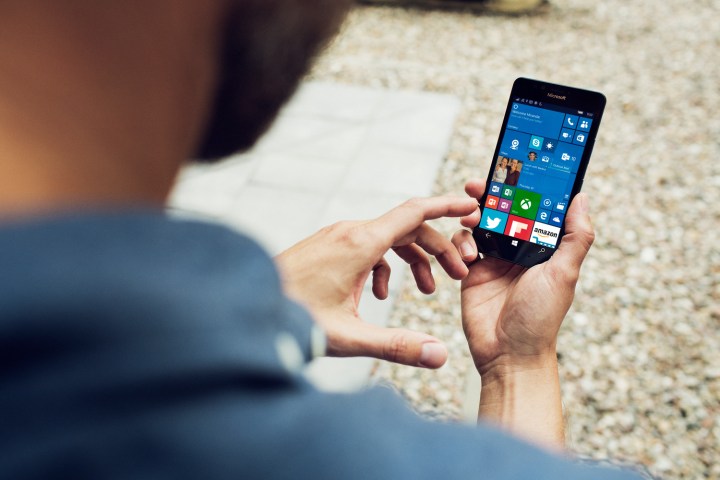
Though Microsoft has had the framework of a mobile wallet built into its operating system since Windows Phone 8, it’s never gone completely in on the concept because of the complexity required to build it. Microsoft VP Joe Belfiore told Re/Code that is going to change. “We have a bunch of work we are doing there,” he explained.
To prepare for the process of building out a Microsoft mobile payments system, the computing giant has scooped up talent with experience in the field, including Amazon payments product leader Iain Kennedy. Microsoft has also started to secure the necessary licenses needed to provide money transfer services.
Microsoft also intends to roll other services into its planned payment product. Tools like Windows Hello — the company’s authentication tool that can unlock devices with a fingerprint, iris, or facial recognition — will be used as a security measure, for example.
This might be another case of too little, too late for Microsoft, though. Google, Apple, and Samsung have all beat the company to the punch, providing their own mobile wallet options that are already accepted at millions of retailers.
The wallet for Windows devices will primarily serve people already in the Windows mobile ecosystem, which occupies a considerably smaller portion of the market than Android and iOS. Microsoft will get its existing customers the feature, sure, but it’s not likely to steal any away from those who already are paying by tapping their phones or smartwatches at checkout.
Still, if you’re a Windows loyalist who has been waiting for this feature to arrive, well, it’s coming. There’s no hard date set, and Belfiore simply said it will arrive “soon.”
Editors' Recommendations
- Scores of people are downgrading back to Windows 10
- Windows 11 might nag you about AI requirements soon
- Microsoft announces a new threat to push people to Windows 11
- Windows 11 24H2 or Windows 12? Here’s what’s coming soon
- The Surface Pro 10 sounds amazing, and it may be coming soon

